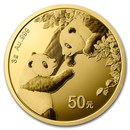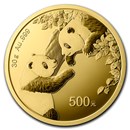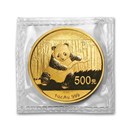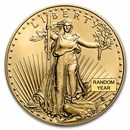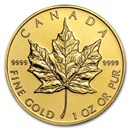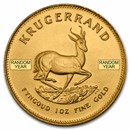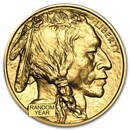2017 China 1 gram Gold Panda BU (Sealed)
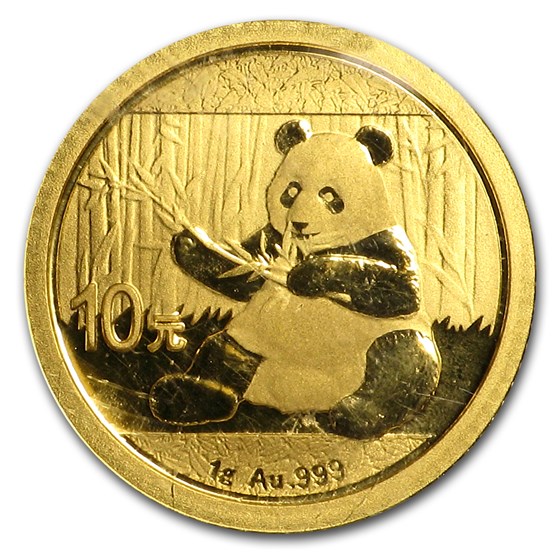
Rollover
to zoom
You could earn points ($) to invest in gold and silver when you make this purchase with The Bullion Card from APMEX

| Volume Discount Pricing QuickShip® Eligible | |||
|---|---|---|---|
| Quantity |
Check/Wire |
CC/PayPal |
|
| Any Quantity | $127.17 | $128.49 | $132.47 |
Related Products
- Product Details
- Specifications
- History
- Sell Gold to Us
Coin Highlights:
- Contains 1 gram of .999 fine Gold.
- Each coin comes sealed in the original plastic as issued directly from the People's Bank of China.
- Obverse: Depicts the Hall of Prayer for Abundant Harvests in the Temple of Heaven in Beijing encircled by "People's Republic of China" in Chinese closed off by the year of issue, 2017.
- Reverse: Features a single panda resting on a tree branch.
- Guaranteed by the People's Bank of China.
Enhance your existing Chinese Gold Panda collection with this highly sought after coin. Add the 2017 1 gram Gold Chinese Panda coin to your cart today!
Posted By:Teddy Dee
From:Tifton, Georgia
Date:Jan 5, 2017
First of all, these are "Panda's".This means that it is a recognized brand and the gold content is 99.9 gold. Is the design attractive? It does not matter because it is the first and last time this design will be used.This gives the coin a built in collectors value. I am not sure that I got the best price at APMEX, but I could not find them anywhere else as early as they were available at APMEX. This held true for last year as well. For this reason, I will be back next year for some more. I am a satisfied APMEX customer.
- Pros
- Value (low premium over spot)
- Attractive Design
- Collectible (lower mintage)
- Mint Condition
- Recognized Brand
- Bottom Line
- Yes, I would recommend this to a friend.

We provide all of our customers with a refund, return and / or exchange on everything we sell including all bullion and certified coins. If for any reason, you have a problem, please feel free to call us. We will always do our best to accommodate you.





